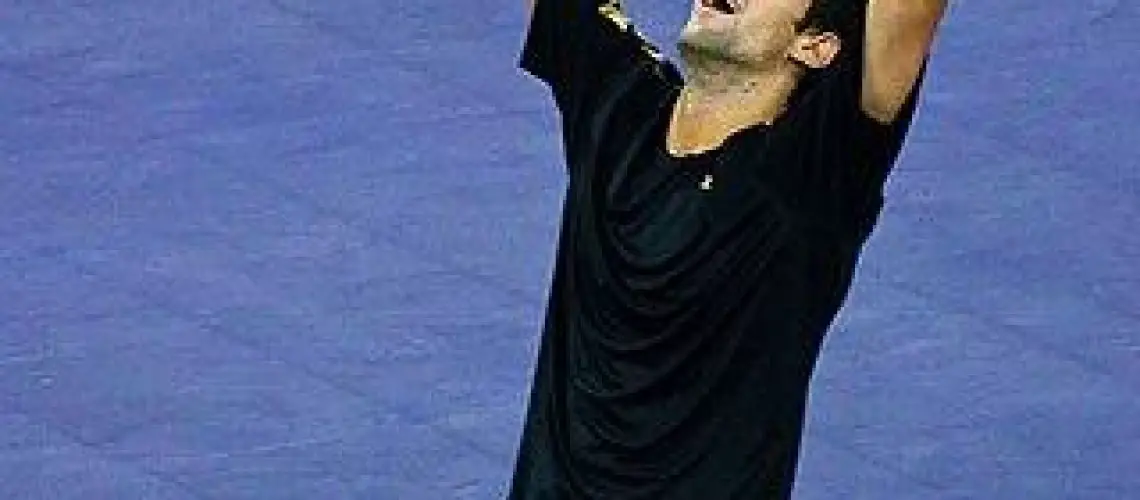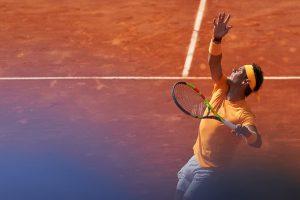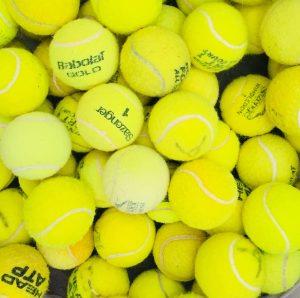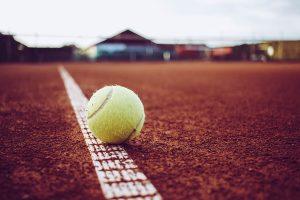We may earn money or products from the companies mentioned in this post.
Introduction
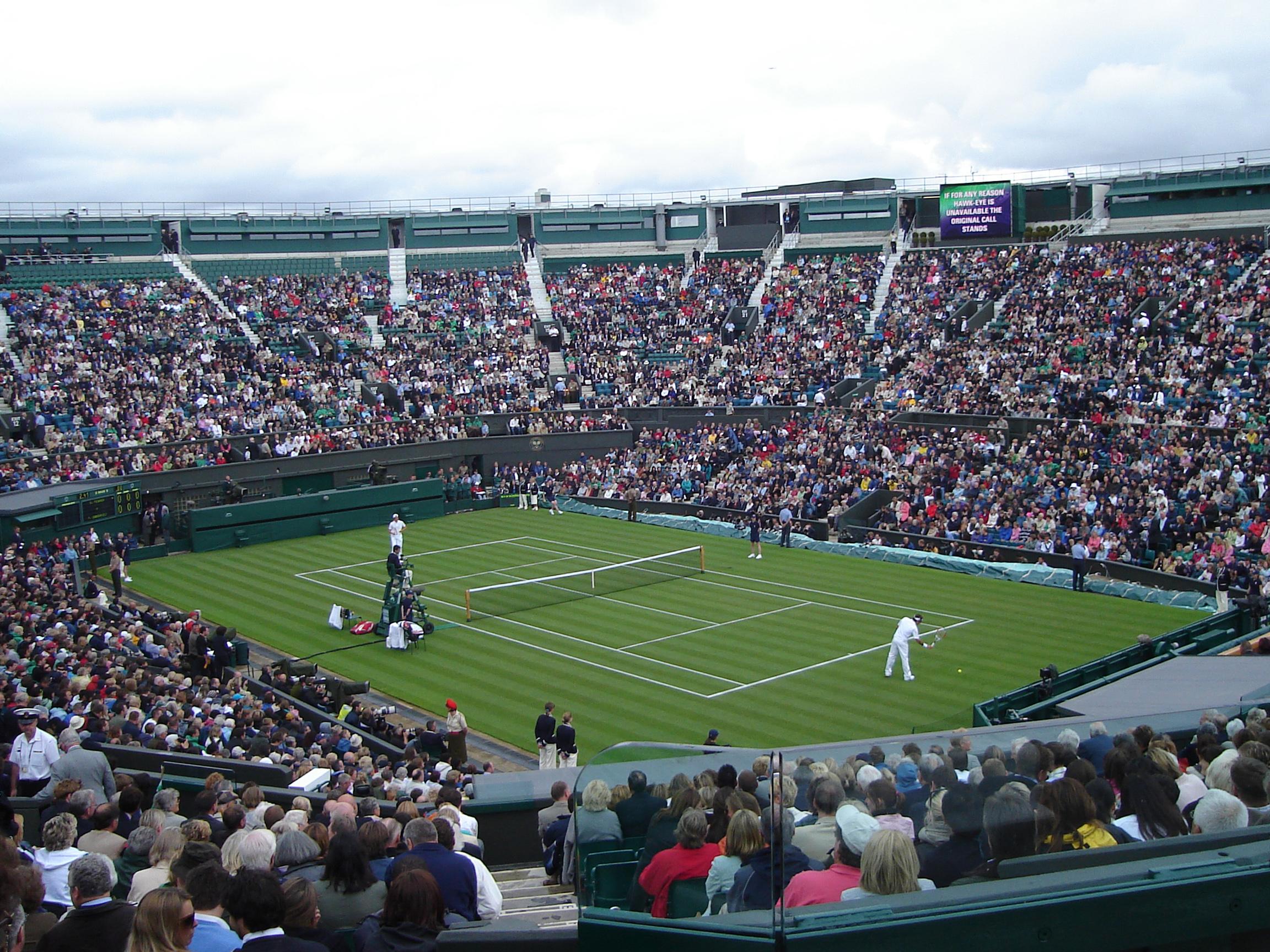
Tennis courts are the battlegrounds where athletes showcase their skills, agility, and strategy The choice of the right court can significantly impact a player’s performance and style of play Each type of tennis court offers its own unique characteristics, requiring players to adapt their game accordingly In this article, we will explore the importance of choosing the right court for match play and discuss key factors to consider when selecting a suitable court
The Importance of Choosing the Right Court for Match Play
When it comes to competitive tennis, the surface you play on can make a world of difference Different court types offer varying levels of speed, bounce, and grip, which directly affect your playing style and strategy For example, clay courts tend to be slower with higher bounces, favoring baseline rallies and players who excel in sliding movements On the other hand, grass courts are known for their fast-paced nature and low bounce, rewarding aggressive serve-and-volley tactics
By carefully considering your strengths as a player and understanding how different surfaces can impact your game, you can gain an advantage over your opponents by strategically choosing a compatible court type
Factors to Consider When Selecting a Suitable Court
When deciding on a tennis court for match play, there are several important factors that should be taken into account:
-
Playing Style:
Assess your playing style – whether you rely on powerful groundstrokes or precise net play – and determine which court surface complements your strengths This self-awareness allows you to choose a court that maximizes your potential -
Climate:
Consider the prevailing weather conditions in your area Certain surfaces may perform differently under extreme heat or heavy rainfall Opting for a court that is well-suited to your local climate ensures optimal playing conditions year-round -
Availability:
Assess the availability of different court types in your area If you have limited access to specific surfaces, it may be necessary to adapt your game and develop versatility on different courts -
Injury Prevention:
Take into account any existing injuries or physical limitations Some surfaces, such as hard courts, are known to place more strain on joints and may increase the risk of injury Choosing a surface that minimizes the impact on your body can help reduce the likelihood of long-term damage
By carefully considering these factors, you can make an informed decision when selecting a tennis court for match play Remember, choosing the right court not only enhances your performance but also adds an element of excitement and challenge to the game
Types of tennis courts and their characteristics
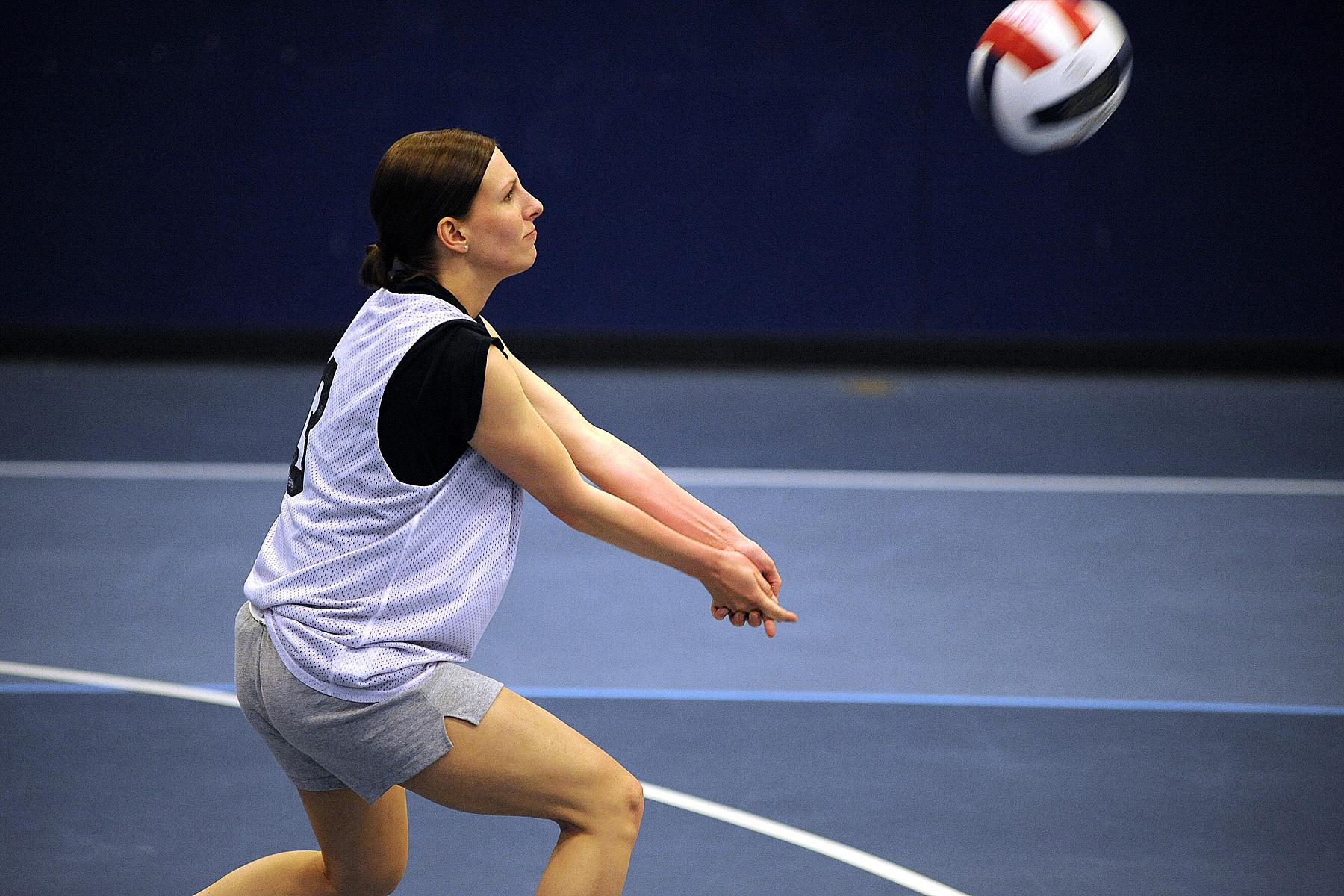
Grass courts
Grass courts have a rich history and hold great significance in professional tennis Known for their lush green surface, these courts evoke nostalgia and tradition The prestigious Wimbledon tournament is played on grass, further highlighting its importance in the sport
When it comes to playing conditions, grass courts offer a unique experience The speed of play on grass is generally faster compared to other surfaces, making it challenging for players to react quickly The ball also tends to have a lower bounce height on grass, requiring players to adapt their shots accordingly
The characteristics of grass courts heavily influence different playing styles Serve-and-volley players thrive on this surface as the fast pace allows them to rush the net more effectively On the other hand, baseline players may find it harder to generate power from the low bouncing balls
Clay courts
Clay courts enjoy immense popularity in Europe and South America due to their versatility and slower pace of play This surface provides an ideal platform for long rallies and strategic shot-making
On clay courts, the speed of play is generally slower compared to grass or hard courts The ball has a higher bounce height on clay, allowing players more time to set up their shots and employ various tactics during matches
The unique characteristics of clay can greatly impact different playing styles as well Baseline players often excel on this surface due to the extended rally potential and ability to slide into shots with greater ease However, serve-and-volley players may struggle as they have less time to get into position after serving
C . Hard courts
Hard courts are widely used around the world and come in various types such as acrylic, asphalt, or concrete They offer a balanced playing experience that appeals to both recreational and professional players
The speed of play on hard courts can vary depending on the surface, with some courts being faster than others The bounce height is generally moderate, providing a good balance between grass and clay courts
Hard courts accommodate different playing styles well Their medium pace allows for powerful shots from baseline players while still giving serve-and-volley players enough time to transition to the net after serving
D . Carpet courts (indoor)
Carpet courts are less common compared to other surfaces and are typically found indoors They offer a unique playing experience due to their fast-paced nature
On carpet courts, the speed of play is often very quick, making it challenging for players to react in time The bounce height is relatively low, adding an extra element of difficulty
Due to their fast characteristics, carpet courts favor aggressive and attacking styles of play Players who excel at taking the ball early and dictating points tend to thrive on this surface
Comparing the Four Types of Tennis Courts for Match Play Suitability

Tennis courts come in various types, each with its own advantages and disadvantages Understanding how these different court surfaces can affect player performance is crucial when it comes to choosing the most suitable court for match play Let’s explore the four main types of tennis courts: grass, clay, hard, and carpet
Grass Court
A grass court is the traditional surface for tennis It offers a unique playing experience with its fast pace and low bounce Grass courts are known to favor serve-and-volley players due to the quickness of the surface However, this type of court can be challenging for players who rely on heavy topspin shots as the ball tends to skid through
Clay Court
Clay courts provide a slower game compared to grass or hard courts The soft surface allows players more time to react and slide into shots Clay also provides higher bounce, making it ideal for baseline rallies and players who excel in retrieving balls with consistent depth However, sliding on clay requires specific footwork skills that not all players may possess
Hard Court
A hard court is a popular choice for many tennis facilities due to its durability and versatility It provides a medium pace game with predictable bounces Hard courts suit all playing styles but tend to favor aggressive baseliners who hit flat shots or big servers who benefit from added speed off the surface
Carpet Court
Carpet courts are less common nowadays but still used in some indoor facilities They offer a fast-paced game similar to grass courts but with higher bounce and greater consistency Carpet surfaces require precise footwork due to their slick nature, making them more suitable for experienced players who can adapt quickly
How Each Court Type Affects Player Performance
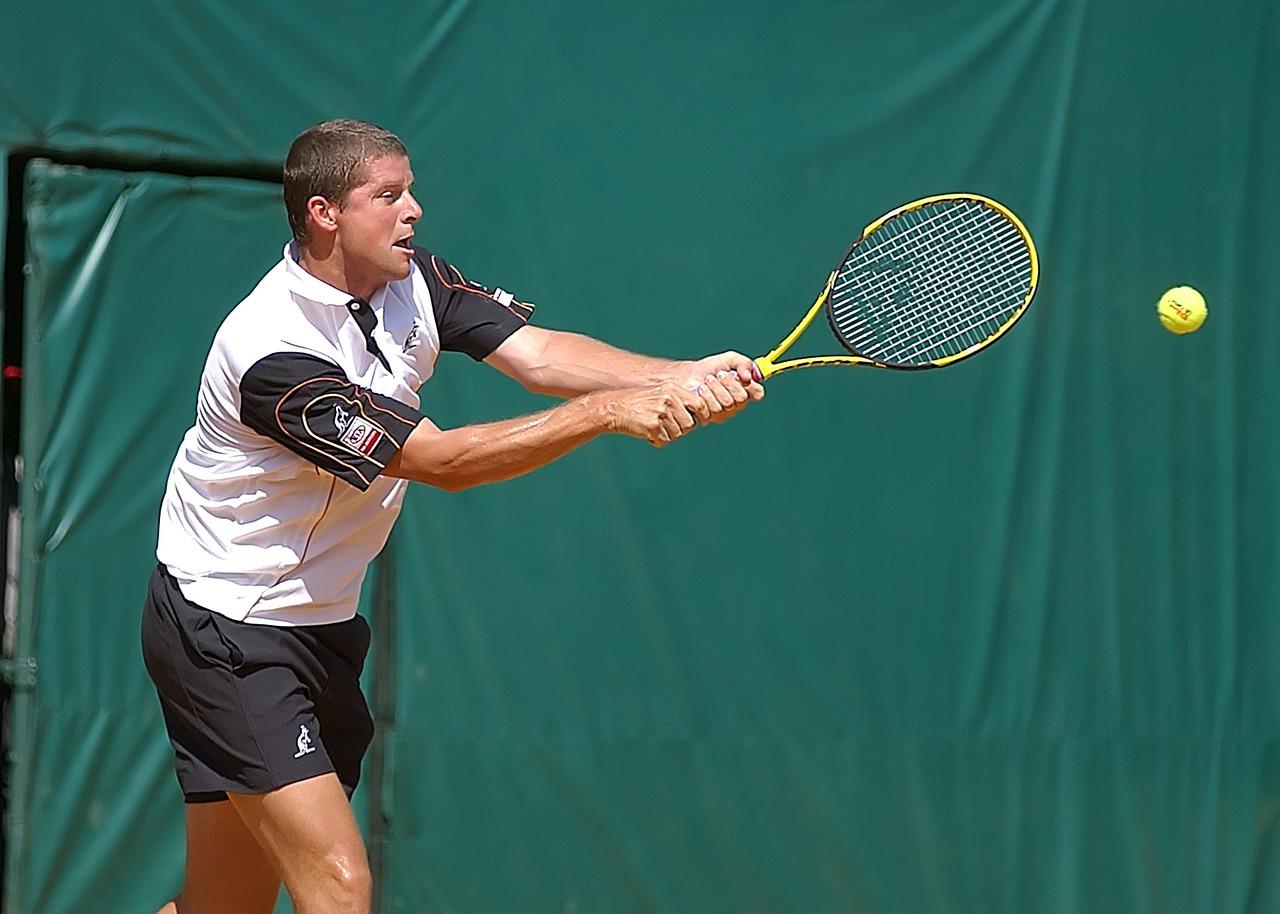
Serving
The type of court surface can significantly influence a player’s serving strategy Grass and hard courts tend to favor big servers due to the speed and low bounce, whereas clay courts may benefit those with accurate placement and spin-based serves
Returning Serves
When it comes to returning serves, grass courts demand quick reflexes and efficient footwork to handle the fast-paced shots Clay courts offer more time for returns due to their slower nature, allowing players to focus on positioning and setting up offensive shots
Groundstrokes
The bounce of each court surface affects how groundstrokes are executed Players on clay courts rely on heavy topspin shots that bite into the soft surface, while hard courts require flatter shots with less margin for error Grass and carpet surfaces offer a lower bounce, encouraging aggressive shot-making
Net Game
The net game is influenced by court speed and bounce as well Fast surfaces like grass and carpet allow for quicker approaches and volleys, rewarding players with good touch at the net On slower surfaces like clay, players need to rely on precision when executing volleys due to higher bounces
Factors to Consider When Choosing the Best-Suited Court
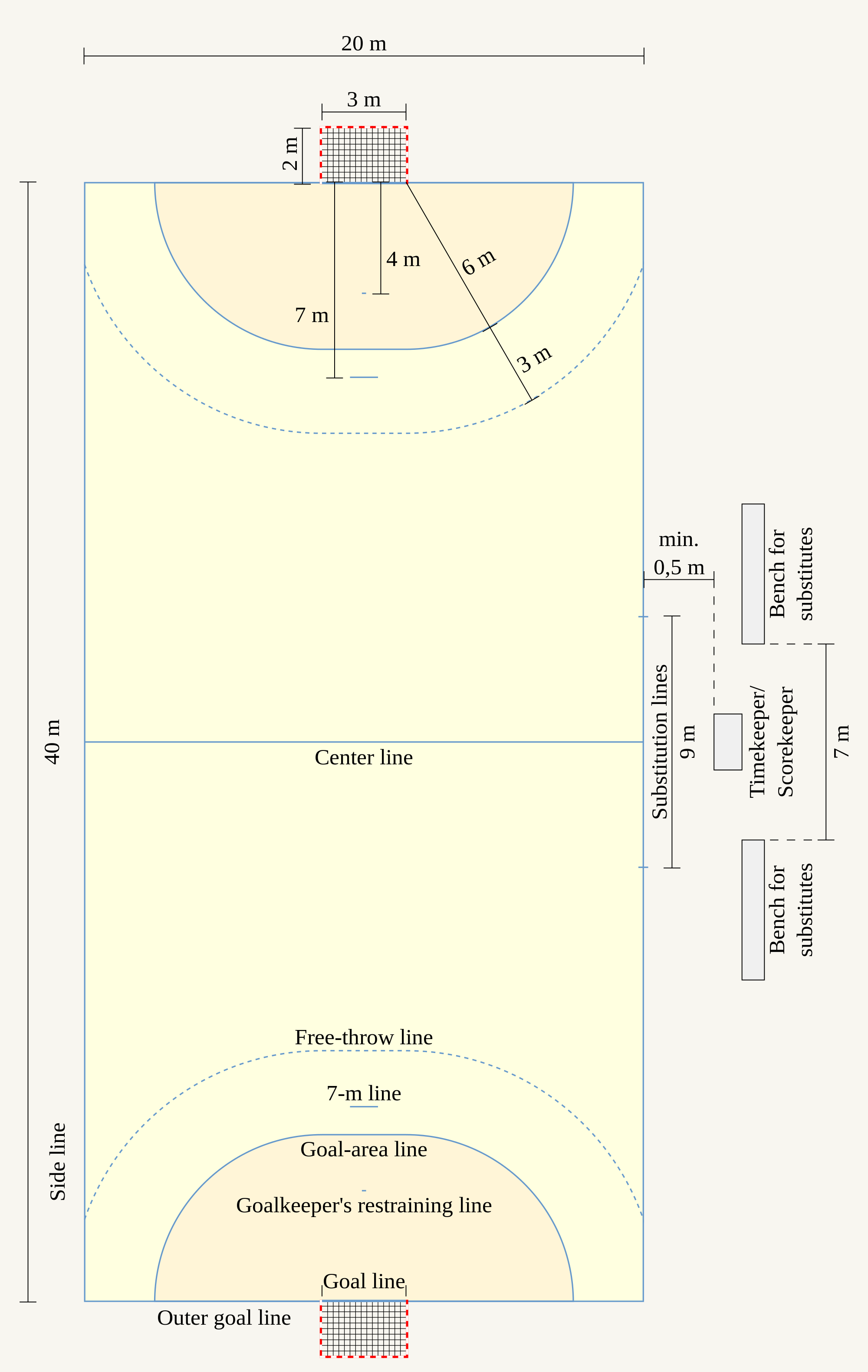
Player’s Skill Level
A player’s skill level plays a vital role in determining the ideal court type Beginners might find it easier to learn on slower surfaces like clay or hard courts, whereas advanced players seeking a challenge may prefer faster surfaces like grass or carpet
Player’s Preferred Playing Style
Each player has their own playing style, and certain court surfaces cater better to specific styles Baseline players might enjoy clay courts for longer rallies, while aggressive serve-and-volley players may thrive on grass or carpet surfaces
Weather Conditions
The weather can impact court conditions significantly Grass courts can become slippery when wet, while clay courts tend to play slower after rain Hard courts are more resistant to weather changes but can be affected by extreme heat or cold
Maintenance and Costs
The maintenance required for each type of court should also be considered Grass courts demand regular care and upkeep, whereas hard courts require less maintenance Additionally, the cost of construction and ongoing maintenance can vary depending on the chosen surface
Conclusion
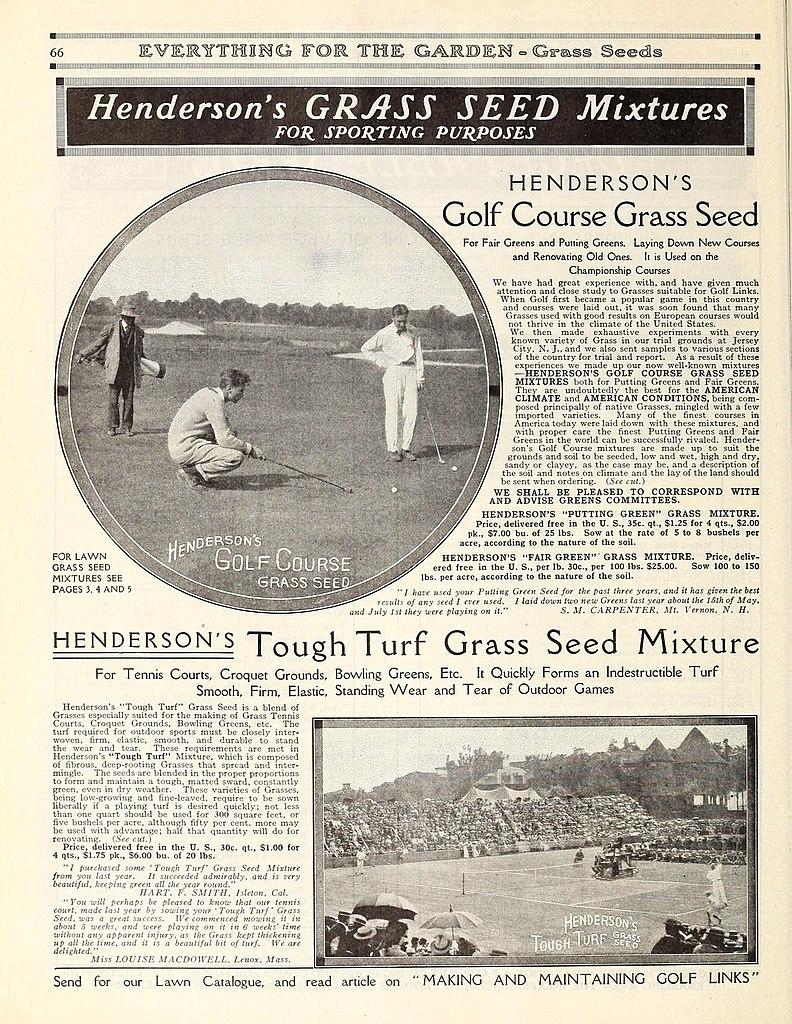
Now that we have explored the four types of tennis courts and their suitability for match play, it’s time to make some recommendations on choosing the right court based on individual preferences and circumstances
Consider Your Playing Style
When deciding on a tennis court, it’s important to consider your playing style Are you an aggressive baseliner who relies on powerful groundstrokes? If so, a hard court might be the best fit for you The consistent bounce and medium-fast speed of a hard court will allow you to generate pace and hit winners from the back of the court
If you prefer to serve-and-volley or play an all-court game, grass courts could be your ideal choice The low bounce and fast nature of grass courts favor players who can attack the net and use slice shots effectively to keep their opponents off balance
Take Climate into Account
The climate in which you reside should also influence your decision Clay courts are particularly popular in areas with dry weather as they retain moisture and prevent excessive ball skid They also provide more forgiving surfaces that are gentler on joints, making them suitable for players who suffer from knee or ankle issues
In contrast, if you live in an area with harsh winters or extreme heat, synthetic grass or indoor carpet courts may be better options These surfaces offer year-round playability without being affected by weather conditions
Consider Available Facilities
Your access to different types of tennis courts may depend on the facilities available in your area If there are numerous clay courts nearby but limited options for other surfaces, it makes sense to embrace clay court tennis and develop your skills accordingly
On the other hand, if various types of courts are easily accessible to you, take advantage of the opportunity to diversify your game by playing on different surfaces This will not only make you a more well-rounded player but also enhance your adaptability in match situations
Ultimately, the choice of tennis court comes down to personal preference and circumstances Whether it’s the hard-hitting action on hard courts, the grace and elegance on grass courts, the slower tactical battles on clay courts, or the versatility offered by synthetic grass or indoor carpet courts, each surface has its own unique characteristics that can elevate your game
So go out there, explore different types of tennis courts, and find the one that suits you best Happy playing!
Useful Links
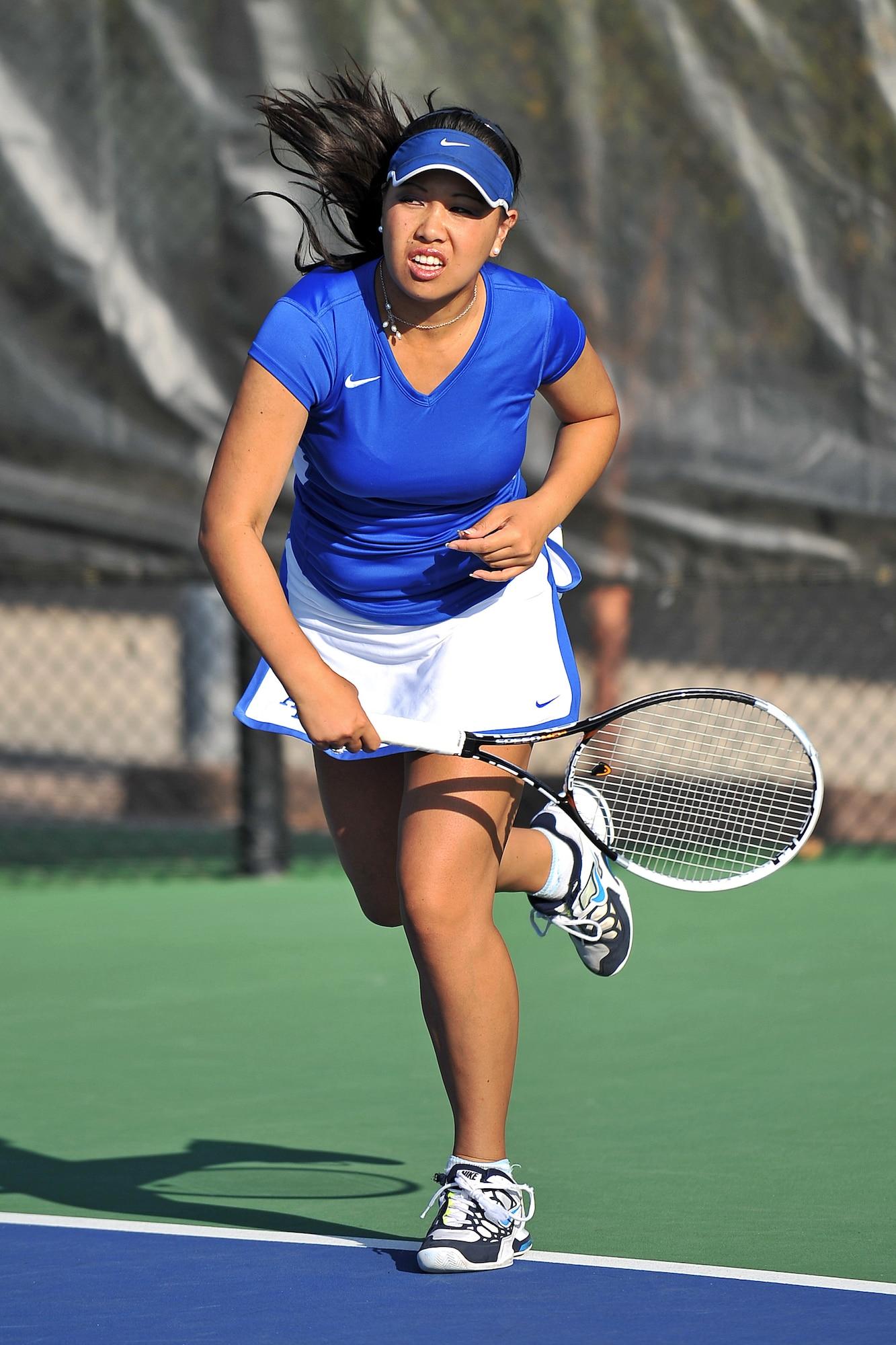
Types of Tennis Court | Tennis Court Surfaces
How to Play on Different Surfaces | Tennis Court Surfaces
What Are The Different Tennis Court Surfaces? | Blog
How Different Is It To Play The Various Tennis Court …
What Are Hard Court Tennis Surface Made Of?
Why are Tennis Players so Good on Certain Court Surfaces?
Grass, Clay, Hard Tennis Courts: How Do They Differ?
Tennis Court Construction – Choosing A Surface Type
A guide to: different tennis court surfaces – David Lloyd Blog
How does the court surface affect your tennis game?
MATCHPLAY HARD COURT SURFACES
Clay court
Surfaces – Anglian Tennis Courts
The characteristics of clay courts in tennis
Types Of Tennis Courts (Pros & Cons)
The 11 Tennis Court Surfaces Explained
Tips for Choosing a Tennis Court Surface
Matchplay tennis court surface – AMSS
Exploring the Vibrant Tapestry of Tennis Court Types

